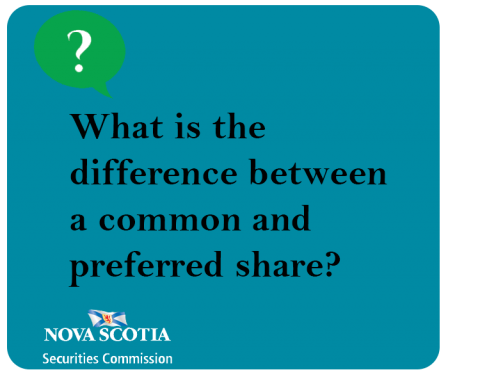Submitted by nsscadmin on

We’ve discussed shares several times in our blog posts, but today we’re going to look at the specific difference between common and preferred shares.
The main differences between common and preferred shares comes down to three things…
1. Voting rights
2. Income priority
3. Place in line for company assets
First, we’ll talk about voting rights. Many investors may believe that by purchasing shares in a company they automatically get voting rights on things like board members and certain company policies. This is not the case. Preferred share owners may not receive voting rights with their shares. Common shareholders typically receive voting rights with their shares.
Next is income priority. When we say income, we’re referring to company earnings paid to shareholders as dividends. Preferred shareholders typically receive higher dividends than common shareholders. This is because the dividend yield for a preferred share is calculated differently than one for a common share. If a company misses a dividend payment, preferred shareholders may have priority over common shareholders and will be paid first any dividends owed.
Finally, preferred shares also give their holders a better place in line for company assets in the case of insolvency. If a public company goes under anyone holding common shares is last in line to collect any assets. That puts them behind creditors, bondholders and preferred shareholders in that order.
